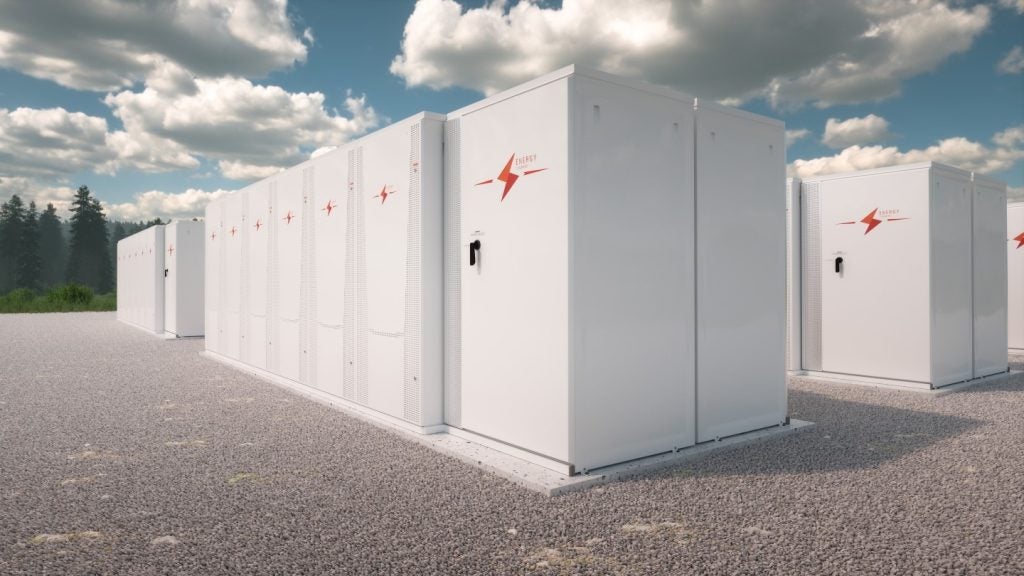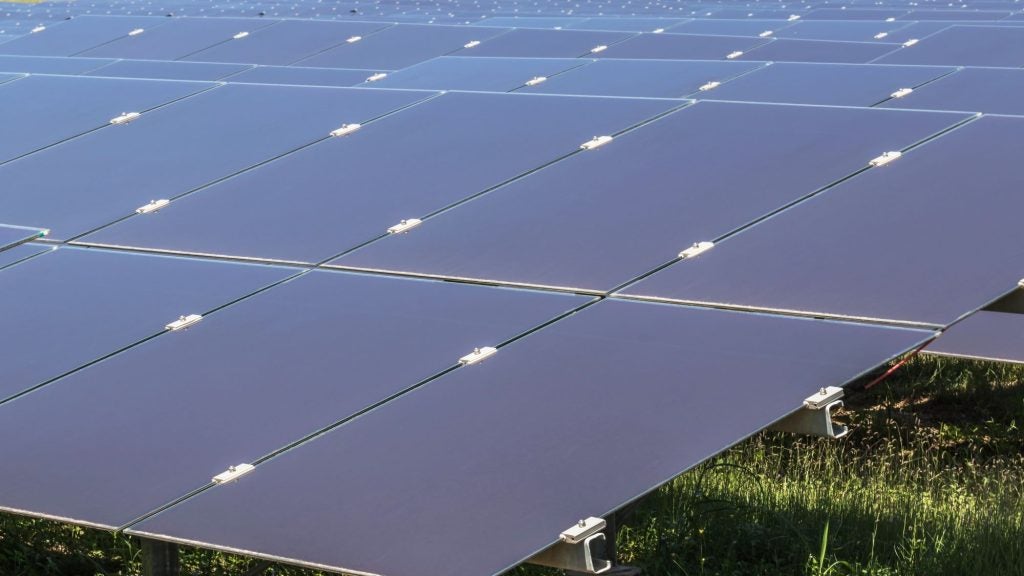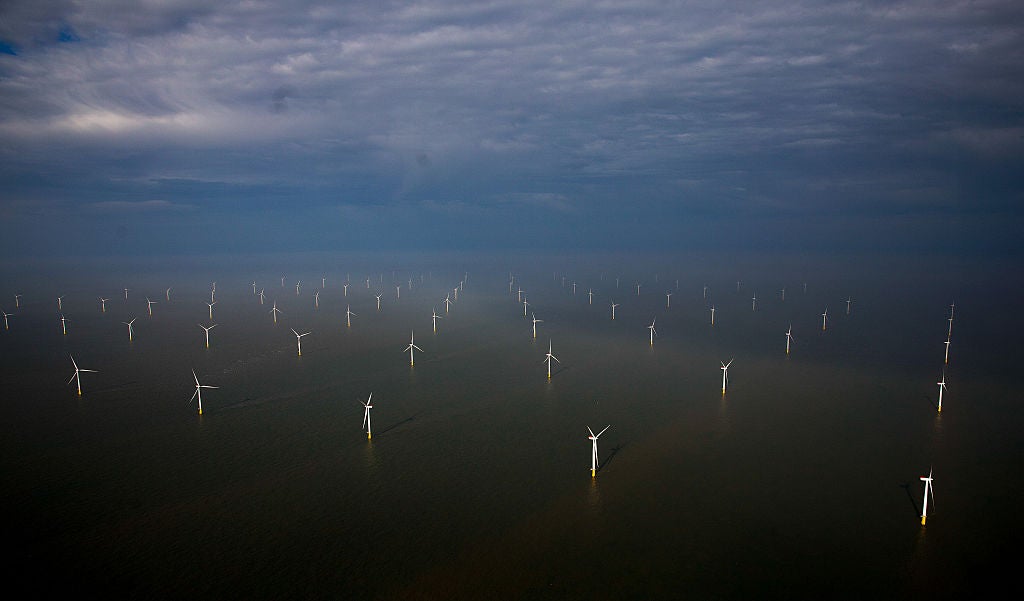
Researchers at the University of California, Los Angeles (UCLA) have developed a new technique to manufacture highly efficient photovoltaic materials.
Using so-called perovskite materials, a reference to a mineral that was discovered in Russia in the 1830s, the new process holds promise for commercial production of photovoltaics.
UCLA researchers claim perovskite solar cells mimic the mineral’s crystalline structure, which is efficient in tapping light for electricity generation.
The UCLA team has created perovskite crystals using a hybrid of inorganic and organic materials — methyl ammonium halide and lead halide, respectively, and then converted them into a thin film, which is placed between two electrodes.
Technological advancements across the globe have pushed scientists to create perovskite crystals with different compositions to explore different functions.
See Also:
The scientists have so far applied two processes to create the perovskite film: in the wet process, a solution of the organic and inorganic materials is used to create the film, and in the vaccuum process the two components are thermally evaporated together inside a vacuum chamber.
How well do you really know your competitors?
Access the most comprehensive Company Profiles on the market, powered by GlobalData. Save hours of research. Gain competitive edge.

Thank you!
Your download email will arrive shortly
Not ready to buy yet? Download a free sample
We are confident about the unique quality of our Company Profiles. However, we want you to make the most beneficial decision for your business, so we offer a free sample that you can download by submitting the below form
By GlobalDataThese processes have proven successful in research labs, but not on a commercial scale; the wet process leads to decreased film quality, and the vacuum process uses significant amount of energy and requires costly equipment.
The new vapor-assisted solution calls for the coating of a substrate with the inorganic component and then treating it in a steam bath of organic molecules at about 150°C.
Supported by the National Science Foundation, the Air Force Office of Scientific Research and the UCLA, the new process ensures production of perovskite solar cells without the flaws associated with the other techniques.
The researchers have produced solar cells with a conversion rate of more than 12% using the new technique in a few test runs. They are now working to improve that performance.
UCLA California NanoSystems Institute postdoctoral researcher Huanping Zhou said the new process works efficiently because the organic materials’ melting point is low, and the organic and inorganic components react with each other rapidly.
"As a result, the organic material can quickly intercalate into the inorganic material and become a consistent layer of perovskite that is high quality, inexpensive and easy to manufacture," said Zhou.
Image: UCLA’s Huanping Zhou displays perovskite solar cells. Photo: courtesy of University of California, Los Angeles.


.gif)





